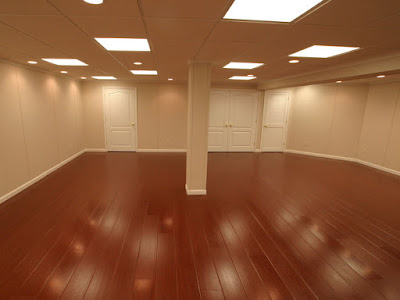1. Once a year,
vacuum the refrigerator coils underneath the appliance.
2. Have the
fireplace chimney inspected and cleaned annually.
3. Inspect window
and door caulking and weather stripping yearly.
4. Replace furnace
filters quarterly, or as recommended by the furnace manufacturer.
5. Test your garage
door opener monthly to ensure that it reverses when it hits an obstruction or
when its sensor beam is interrupted.
6. Vacuum the
clothes dryer's exhaust duct at least once a year. If the duct is plastic,
replace it (it's a fire hazard). Rigid sheet-metal ducting is best.
7. Accumulating
fats and oils are the main cause for clogs, so never pour fats or other oils
down your drains. This includes oils that are not solid at room temperature. If
you accidentally spill oils or fats down the drain, run hot water down your
drain along with a healthy serving of dishwashing liquid. The soap will
emulsify the fat or oil and move it on down the pipe, preventing a clog.
8. Some climate
control systems have in-duct humidifiers that help keep air moist and healthy
during the winter when artificial heat systems are in use. But when these
systems aren’t working properly, they become a breeding ground for mold and
bacteria, which can cause serious air quality issues.
9. There is nothing
more frustrating than turning on the hot water in your shower and instead
receiving cold water. Water heaters, like other appliances, need maintenance to
increase longevity and reduce the possibility of damage.
10. The main cause
of leaky faucets is worn out washers. The washers inside of the faucet handles
are rubber and tend to wear out quickly. Replace them by turning off the main
water supply, unscrewing the leaky handle that controls the flow of water to
the spout, removing the old washer, and dropping in the new one.



